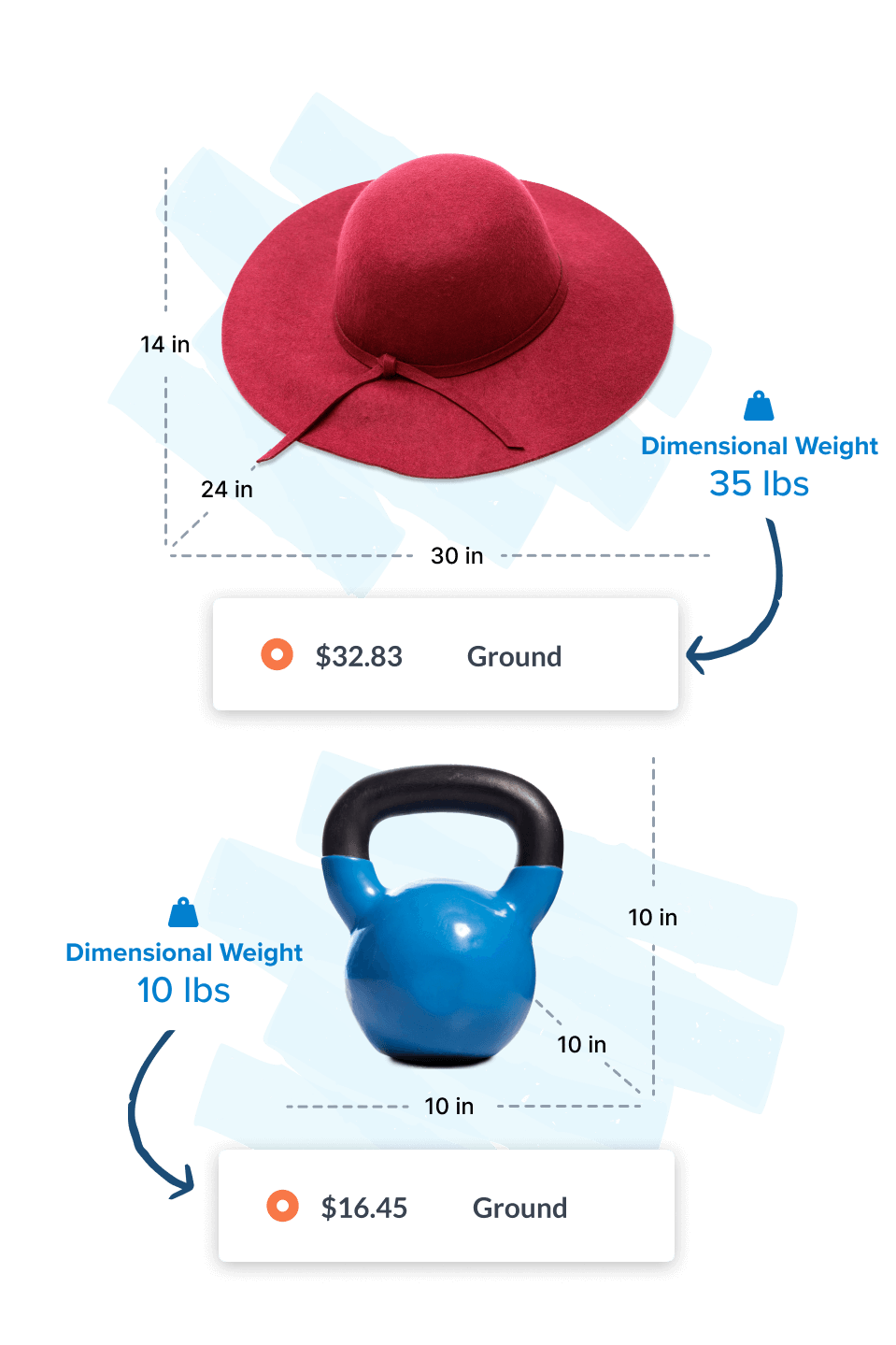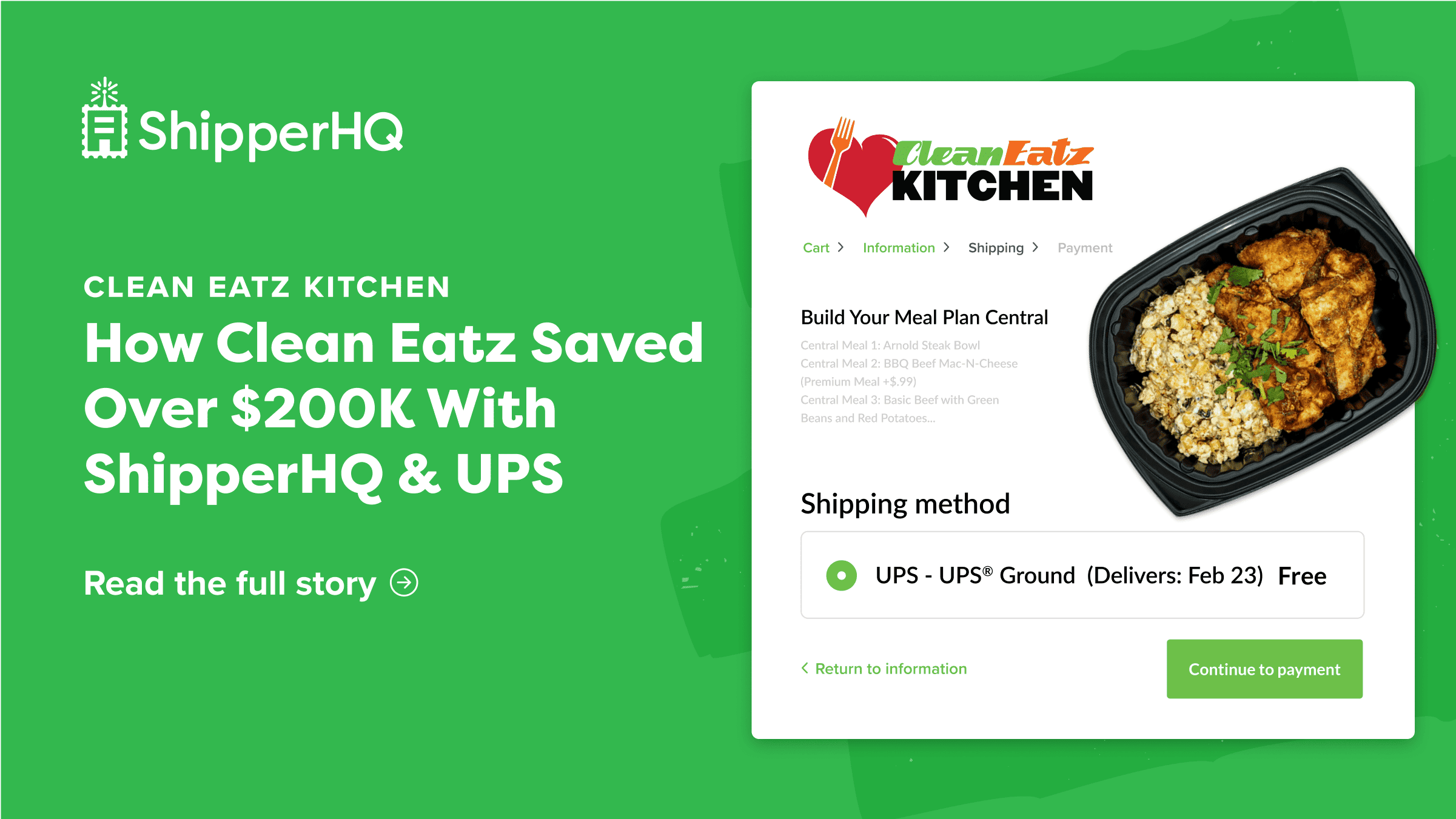Rising shipping costs are a challenge for many eCommerce retailers. Did you know shipping expenses can consume as much as 10% of an online store’s revenue? For small and medium businesses, these costs often feel like an impossible hurdle, cutting into profits and limiting their growth. Fortunately, modern shipping platforms are here to solve your shipping headaches.
Moreover, these tools are designed to help you save time, reduce costs, and deliver a better customer experience. Let’s explore how they work and also how they can transform your fulfillment process to control costs.
The Hidden Costs of eCommerce Shipping
High shipping costs go beyond visible expenses like carrier fees. Let’s uncover some hidden costs that could drain your profits:
Operational Inefficiencies
- Outdated shipping processes often result in delays and missed opportunities for cost savings.
- Miscommunication between carriers and your store can result in incorrect charges.
Impact on Customer Experience
- Limited shipping options or the absence of real-time rates at checkout frustrate customers.
- A staggering 69% of consumers abandon carts due to unexpected or high shipping costs.
Lost Revenue Opportunities
- Competitive shipping options like free shipping thresholds can drive higher conversions.
- Lack of flexibility leaves money on the table when customers opt for competitors offering better shipping deals. Therefore, addressing these challenges is critical.
Shipping platforms tackle these hidden costs by streamlining operations, improving customer satisfaction, and increasing conversions.
What Are Shipping Platforms and How Do They Work?
A shipping platform is a software solution that simplifies and optimizes every aspect of your eCommerce shipping operations. But what exactly do they do? Let’s break it down.
- Aggregate Carrier Rates: Compare rates across carriers like UPS, FedEx, USPS, and regional providers. As a result, you get the most cost-effective options.
- Flexible Shipping Rules: Set rules for free shipping thresholds, expedited delivery, or specific carrier usage. Moreover, these rules enhance flexibility.
- Precise Delivery Dates: Provide customers with accurate delivery dates at checkout, ensuring transparency. Additionally, this improves trust with your customers.
- Multi-Carrier Management: Manage multiple carriers seamlessly from a single dashboard. This makes operations more efficient.
- Integration Benefits: Integrate with major platforms like Shopify, Magento, Adobe Commerce, and WooCommerce. Consequently, your setup becomes easier.
- No-Code Setup: Set up advanced shipping options without needing complex coding skills. Thus, even small businesses can benefit.
How Shipping Platforms Reduce Costs and Boost Efficiency
Now that you understand what shipping platforms are, let’s explore how they can help you save money.
1. Real-Time Shipping Rates
- Fetch live rates directly from carriers, so customers see the most accurate shipping costs. Furthermore, this eliminates guesswork.
- Avoid overpaying due to outdated rate assumptions.
2. Multi-Carrier Shipping
- Compare costs for each shipment method. Consequently, you can choose the most cost-effective options.
- Use niche or regional carriers for cost-effective solutions in specific zones.
3. Optimized Packing and Dimensional Weight Calculations
- Calculate the most efficient way to pack products, reducing dimensional weight fees. Therefore, you save significantly.
- Efficient packing lowers shipping fees and improves cost savings.
4. Automate Shipping Logic
- Offer free shipping above a minimum order value threshold.
- Display expedited shipping only when items qualify for quick delivery. Additionally, this ensures cost-efficiency.
- Restrict certain products from shipping to specific regions.
5. Shipping Zones and Rate Customization
- Adjust shipping rates for high-cost areas to maximize profitability.
- Tailor offers for international vs. domestic customers to reflect true costs.
Role of Analytics in Reducing Costs
Shipping platforms don’t just assist with daily operations; they provide valuable insights into your shipping data. Here’s how they help:
- Track Shipping Spend: Identify your most expensive shipping zones and optimize them. As a result, you can allocate resources effectively.
- Monitor Carrier Performance: Compare delivery times, costs, and reliability across carriers to ensure the best value. Consequently, this improves your service.
- Understand Customer Preferences: Analyze which shipping options your customers prefer and adjust your checkout offerings. Therefore, you can enhance satisfaction.
- Optimization Opportunities: Leverage data to make informed decisions that reduce costs and improve the overall shopping experience.
Real-Life Success: Clean Eatz’s Transformation with ShipperHQ
Clean Eatz Kitchen, a meal delivery company with over 100 storefronts nationwide, partnered with ShipperHQ to tackle their shipping issues head-on. We helped implement an Amazon-like shipping experience and the results were remarkable.
- $240K saved through fewer resends and reduced labor costs
- 25% boost in customer retention
- 50% reduction in customer service tickets and cart abandonment.
- 82% business growth driven by improved shipping efficiency.
Simplify Your eCommerce Shipping Today
Shipping costs don’t have to derail your eCommerce store. With a robust shipping platform, you can reduce expenses, delight your customers, and grow your bottom line. From real-time rate calculations to actionable analytics, the tools are here to make shipping a seamless part of your operations.
Sign up for a free trial of ShipperHQ and discover how smarter shipping strategies can give your business a competitive edge.
FAQs About Shipping Platforms
1. What is a shipping platform?
A shipping platform is a software tool designed to optimize your eCommerce shipping process. It helps compare carrier rates, automate shipping rules, and provide real-time delivery options for your customers.
2. How do shipping platforms help reduce costs?
Shipping platforms reduce costs by fetching real-time carrier rates, optimizing packing for dimensional weight, automating shipping logic, and analyzing data to improve efficiency.
3. Can I use a shipping platform with my existing eCommerce store?
Yes, most shipping platforms integrate seamlessly with popular platforms like Shopify, Magento, WooCommerce, and Adobe Commerce, allowing easy setup without technical expertise.
4. Are shipping platforms suitable for small businesses?
Absolutely! Shipping platforms are scalable and provide cost-saving benefits for retailers of all sizes. They help small businesses compete by offering flexible shipping options and real-time rates that improve customer experience.









